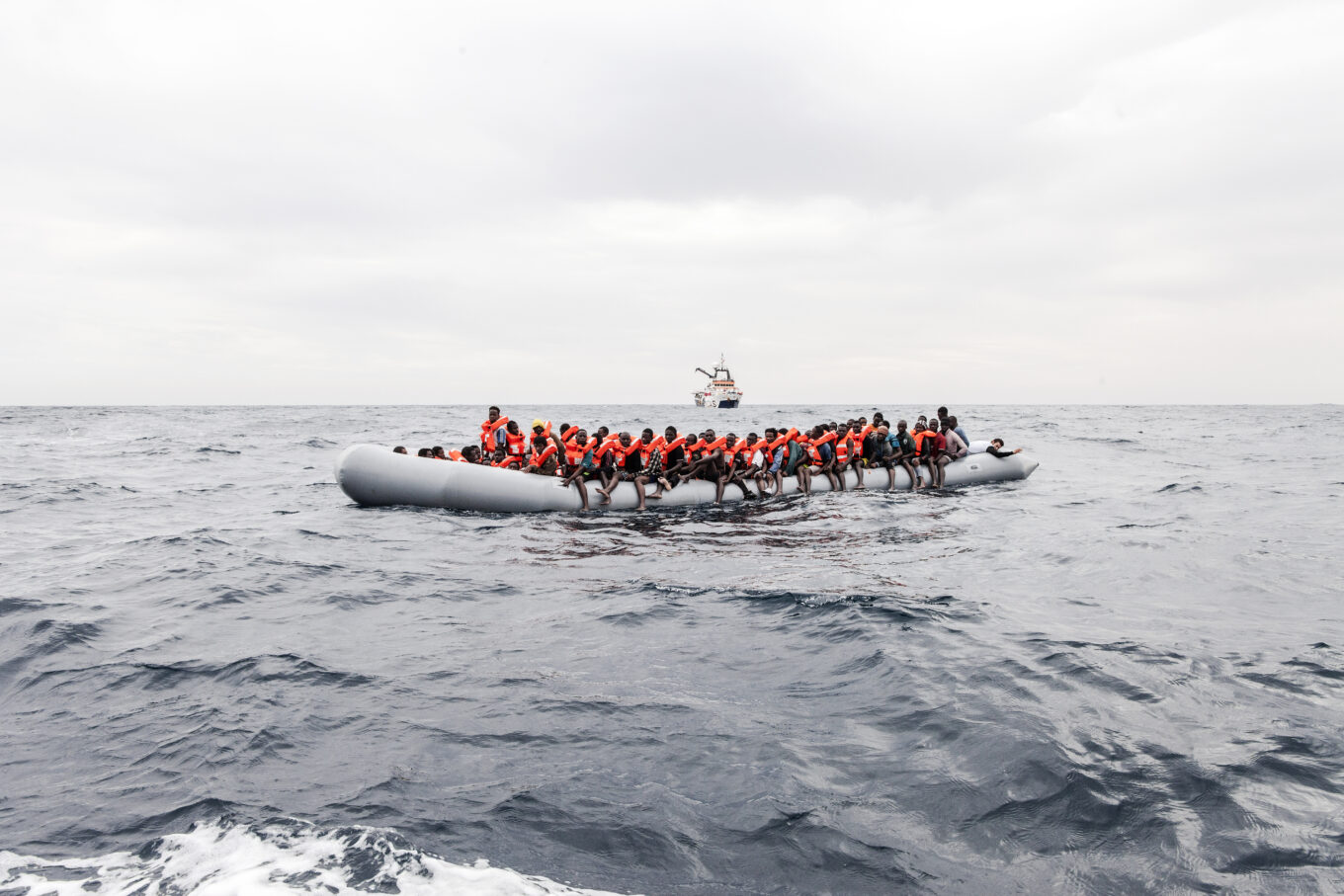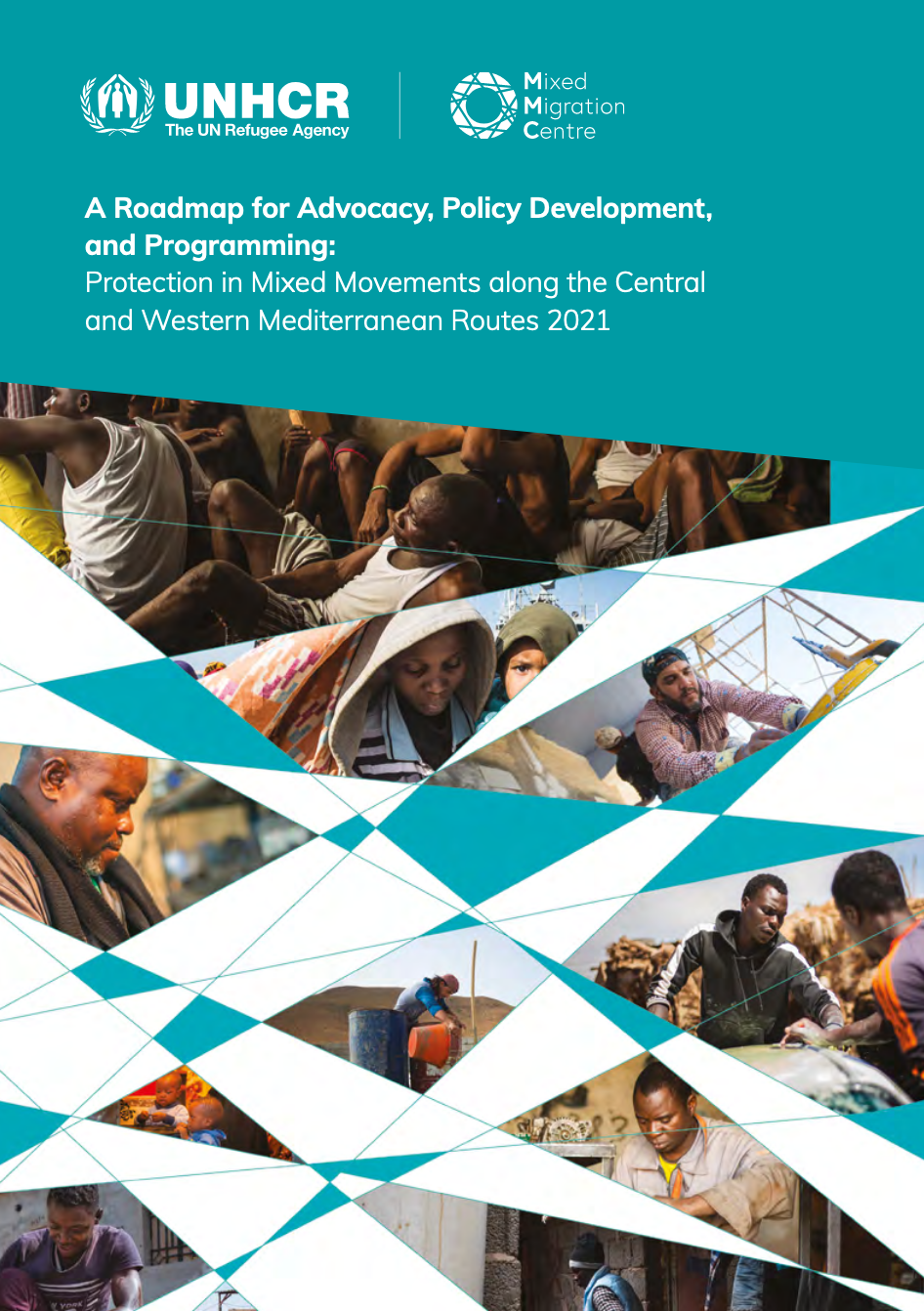by Vincent Cochetel, UNHCR Special Envoy for the Central Mediterranean Situation

Over the last five years, mixed movements of refugees, asylum-seekers and migrants across the Mediterranean Sea have attracted greater public attention than similarly dangerous, more numerous movements by land.
This disproportionate focus on sea crossings has been politically instrumentalized on both sides of the Mediterranean, feeding apocalyptic and xenophobic rhetoric disconnected from the complex realities of displacement along these lengthy and dangerous routes.
Despite significant efforts to reconcile interests north and south under a mosaic of cross-regional and bilateral fora, such as the balanced Joint Valletta Action Plan of 2015, the focus and scope of initiatives to “manage mixed movements” are still often reduced by States to a simplistic containment agenda at land and maritime borders.
Combatting irregular migration (often wrongly labelled as illegal migration) has been forcefully presented to public audiences in Europe as the priority. Reductions in the number of successful irregular sea crossings seems to serve as the key performance indicator of whether migration policies work.
“a narrow approach, ignoring the underlying causes of mixed movements … is bound to fail.”
However, such a narrow approach, ignoring the underlying causes of mixed movements, their depth and different forms, is bound to fail. Long-term, broad-based partnerships are needed with all countries concerned along the routes in a combined and coherent approach.
Even if better border management systems which recognize the diverse reasons why people cross borders and move onwards are needed, effective solutions are more complex and must be multi-faceted. They must address the root causes of primary and secondary movements. They should also recognize that credible alternatives to dangerous journeys are still lacking for both refugees in some countries of first asylum, and for potential migrants.
At a recent policy workshop co-hosted by UNHCR and the Mixed Migration Centre, a group of more than 40 refugees and migrants, policy makers, humanitarian actors, researchers and journalists discussed sustainable, protection-centred approaches to asylum and migration management by States.
Their findings and recommendations are presented in “A Roadmap for Advocacy, Policy Development, and Programming: Protection in Mixed Movements along the Central and Western Mediterranean Routes 2021”. The roadmap is designed as a tool to help policy makers and practitioners develop new programmes, policies and advocacy approaches.
The challenges experienced by different States along the routes are similar. Gaps in their protection and service delivery for refugees and migrants place smugglers and traffickers at a unique advantage to ply their criminal business models. With no visible, and thus no credible, alternatives to dangerous journeys in many places, smugglers and traffickers can sell, unchallenged by any meaningful counter measures, their false promises of a “better life somewhere else”. In this context where legal pathways to mobility are greatly lacking, a sometimes distorted narrative of diaspora serves only to encourage irregular movements from countries of origin and transit, and to amplify the very false perception of an inclusive and welcoming dreamland across the desert or the sea. Their communication is part of the problem, but it can also be part of the solution.
Meanwhile in North African countries, which today are also countries of final destination and not just of departure or transit, legal frameworks for refugees and, to some extent, for migrants are still lacking, unlike in sub-Saharan Africa. The effects of the COVID-19 pandemic on mixed movements across Africa and beyond demonstrated the limits of the so-called “tolerance status” for refugees and migrants. This was notable in North Africa, where their limited socio-economic inclusion highlighted the need to renew efforts to define legal frameworks which recognize that some foreigners in these countries need protection and a future where they are.
In this context, Europe has a key responsibility to ensure it shows leadership and solidarity, and helps countries along the routes to more effectively manage their migration and asylum systems. North African countries must be supported and assisted to cope with increasing pressures related to these mixed movements. However, support must be provided in a win-win manner that reinforces social cohesion for refugees and migrants, and brings tangible benefits to host States and local host communities. There cannot be an impression that building migration and asylum systems in North Africa and elsewhere is a way for European countries to offload their responsibilities.
Another important subject is the responsibility of countries of origin. Often a taboo in inter-governmental fora, the issue of the responsibility of countries of origin vis-à-vis their citizens who are forced to flee human rights violations, wars and violence, or who leave home due to the absence of socioeconomic prospects, remains central to discussions on reducing or preventing dangerous journeys. The responsibility and initiative to address root causes must be taken up by countries of origin, not simply left to other States.

